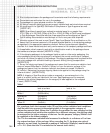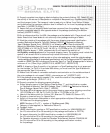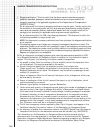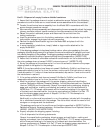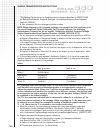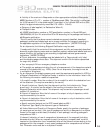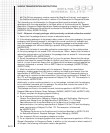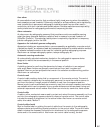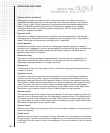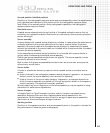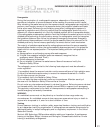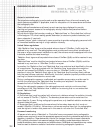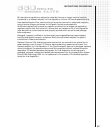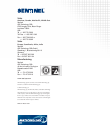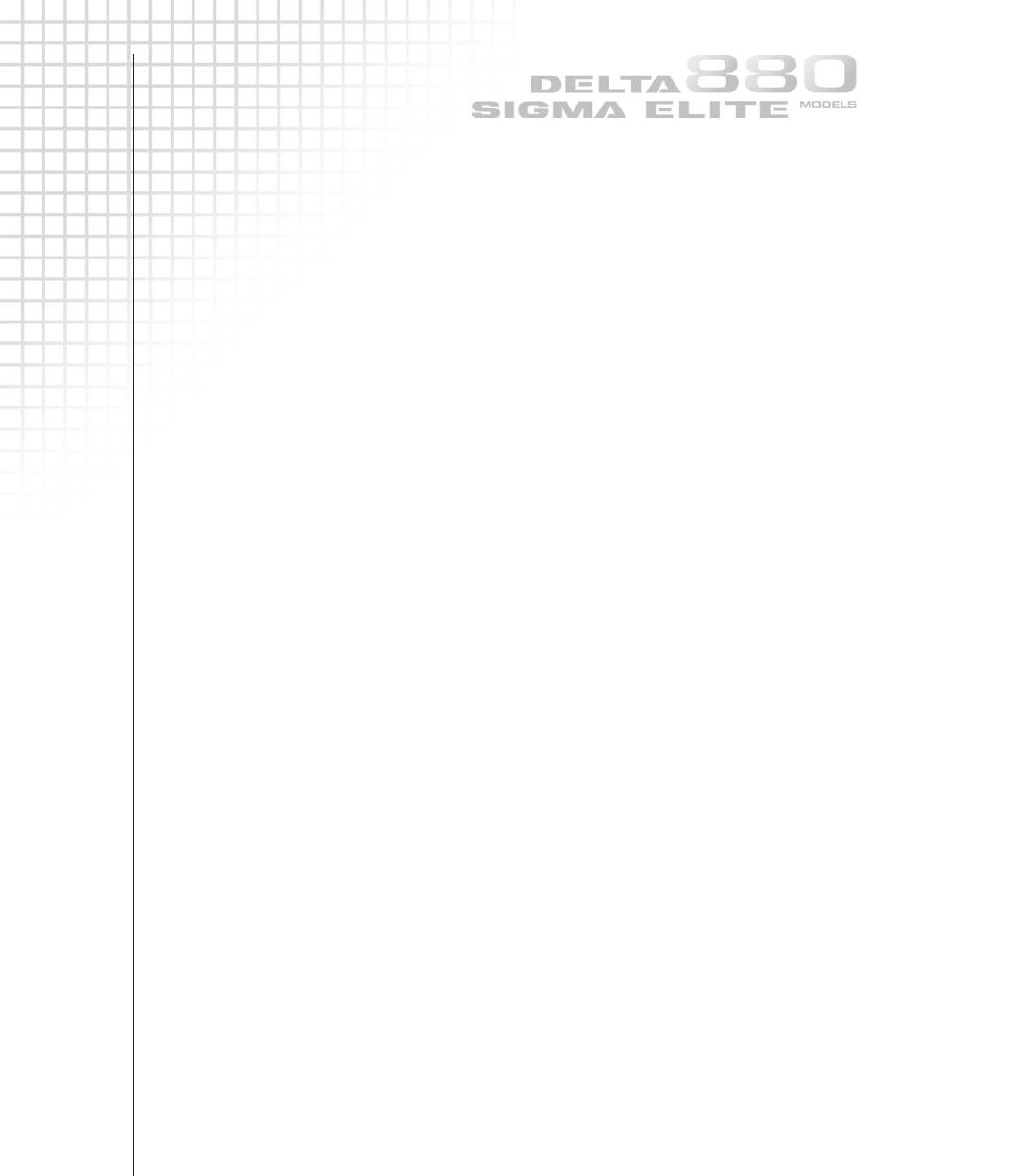
EMERGENCIES AND PERSONNEL SAFETY
7.2
Access to restricted areas
The site where radiography is performed must be separated from other work areas by as
much distance as possible. If applicable, check for occupation of the areas above and below
the radiography site.
Clearly defined boundaries must be set up and warning signs displayed to provide
warning and prevent access to the radiography site by unauthorized personnel before
any exposure begins.
No one should enter the boundary marking a ‘Restricted Area’ or ‘Controlled Area’ without
a film badge or TLD, direct reading pocket dosimeter (or electronic pocket dosimeter) and
alarm ratemeter (if required).
A pocket ‘chirper’ alarm is required in some countries to provide radiography personnel with
an immediate audible warning of a high radiation intensity.
United States regulations
‘High Radiation Area’ signs must be posted where a dose of 100mRem (1mSv) could be
received in any one hour. The radiographers must provide continuous direct surveillance of
the area or when a permanent installation is used, the entrance must be equipped with door
interlocks, audible and visual warnings.
‘Radiation Area’ signs must be posted where dose of 5mRem (5µSv) could be received in any
one hour.
‘Restricted Area’ must be identified and posted where a dose of 2mRem (20µSv) could be
received in any one hour or 100mRem (1mSv) in one year.
In practice, the ‘Radiation Area’ and ‘Restricted Area’ are combined and identified by the use
of a rope barrier. The area is posted with the ‘Radiation Area’ signs where the maximum
dose will not exceed 2mR (20µSv) in any one hour or 100mRem (1mSv) in a year. The
practice of using the ‘Radiation Area’ sign at the ‘Restricted Area’ boundary clearly defines
why the area has been restricted. Additionally, the trefoil (radiation) symbol provides a visual
warning for those individuals who cannot read.
During a radiographic exposure, a calibrated and operable survey meter must be used to
confirm the dose rate at the ‘Restricted Area’ boundary and adjusted if the dose rate
exceeds the limit of 2mRem (20µSv) in one hour.
During the radiographic exposure, the radiographers must maintain continuous direct
surveillance of the ‘High Radiation Area’ in addition to ensuring that no one enters their
posted ‘Restricted Area’.
EU Regulations
A ‘Controlled Area’ must be marked with a barrier at a distance where the radiation intensity
will not exceed 0.75mR/hr (7.5µSv/hr). The boundary dose rates must be noted and the
record kept for 2 years. During radiographic operations, only classified radiation workers are
allowed inside this area.
A ‘Supervised Area’ is defined as the area where the boundary dose rate limit must not
exceed 0.25mR/hr (2.5µSv/hr). No barriers or notices are required here, but the radiographer
must be vigilant to ensure that personnel in this area do not enter the ‘Controlled Area’.
Personnel monitoring
All personnel who enter a ‘Restricted’ or ‘Controlled’ area or are present during radiographic
operations are required to wear the appropriate personnel monitoring devices as required by the
regulatory jurisdiction. These devices can include; film badges; thermoluminescent dosimeters
(TLD); optically stimulated luminescence badges; direct reading pocket dosimeters; electronic
pocket dosimeters; alarm ratemeters; and audible alarms. Calibrated and operable survey meters
must be used to determine radiation levels when conducting radiographic operations.



